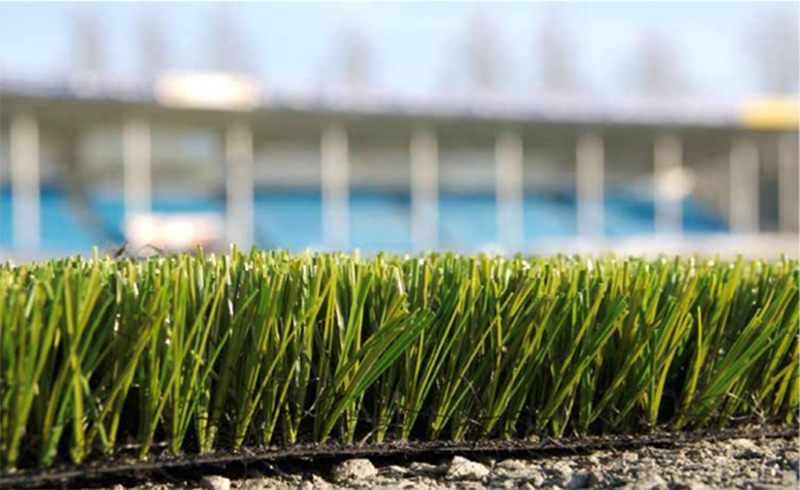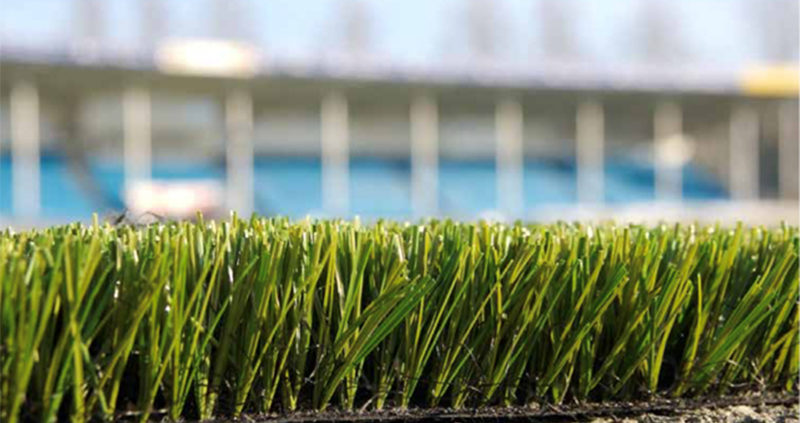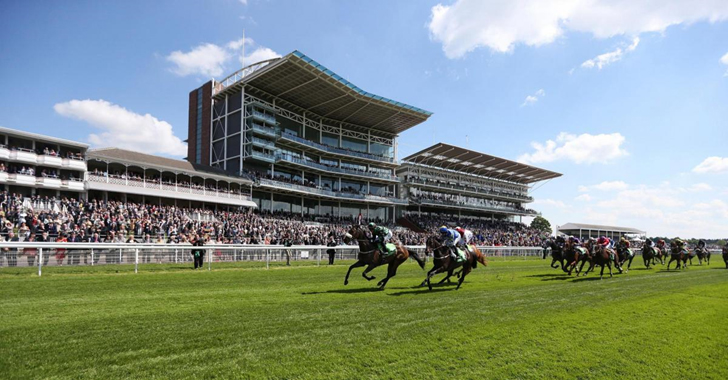Coming To Terms With Artificial Pitches
Coming To Terms With Artificial Pitches: Eric O’Donnell, Managing Director of Sports Labs, adds insight into the recent highly publicised debate in Scotland regarding players’ reluctance to playing top league matches on artificial pitches.
PFA Scotland released a press statement regarding the state of pitches in the Scottish football Leagues with the headline statement requesting the ban of artificial turf pitches in the Scottish Premiership.

There were many other points raised such as a request for increased monitoring, testing and support to groundsmen, but these were naturally overlooked in the mainstream media coverage.
This demand had the foundations of a player petition, however there was no differentiation between players who train and play on artificial surfaces because their Club has one, or those training or playing on natural pitches. This demand needs to be tempered against the implications of such a measure and not a knee jerk reaction based on a player petition.
This petition was carried out by the PFA Scotland with their members, however, it is a much more complicated debate as to what is right for the development of the game in Scotland. They only called for the ban on artificial pitches in the Premiership when their members spread across four leagues.
There are many contributory factors to this discussion, such as player safety, participation numbers, player performance and the well highlighted financial impact of utilising artificial surfaces.
The headline-maker, it’s stating the obvious to say that any future ‘ban’ would have significant implications for the clubs involved in a number of ways – promotion and relegation, clubs’ long term planning and of course the day to day commercial consequences. All of these would require any proposed ban to be phased in over an agreed and likely lengthy period of time to allow the clubs affected to consider fully, then prepare for, the implications specific to their league status/circumstances at that time.
Currently, there are three artificial pitches in the Scottish Premiership, Hamilton, Kilmarnock and Livingston, however if we look at other leagues there is a much larger presence of artificial pitches with little negative publicity. So, we pose the question can we learn from the other leagues and the systems they have installed? Do they actually differ to ours, or are the players just more accepting of the artificial surface in these territories?
- 69%Norway–11 of top 16 clubs in their premiership use artificial
- 56% Sweden–9 of 16 clubs in their premiership use artificial
- 42%Finland–5 of 12 clubs in their premiership use artificial
- 25%Scotland–3 of 12 club sin their premiership use artificial
- 14 clubs out of 42 (33%) in the four Scottish professional leagues.
To ban artificial pitches in the Premiership would, of course, have a direct impact on grass roots acceptance and will likely have negative impacts on player pools, wider club staffing and crucial internal club structures – perhaps the most concerning from a football development perspective being the youth set ups.
The PFA ultimately used a closed petition with their members but referred to some studies previously carried out such as a player survey in 2012 and the player perception APP carried out with Sports Labs and the Scottish FA. The player perception APP rated surfaces by the players, but also asked a series of questions to understand surface better to improve them.
Many findings came from the player perception APP data which was used by the PFA to shape their demands in the press release, but the mainstream media focused on the poor ratings on the Premiership artificial pitches. There was quite substantial data to suggest there was under performing natural pitches across all leagues, particularly with the two largest clubs in Scotland not making the top 10 of which an artificial pitch achieve. There were also clear findings that players preferred artificial pitches for some criteria and natural pitches for other performance rating criteria. The data can be interpreted many ways.
So, what exactly did the PFA Scotland press release say:
Following consultation via a research survey, the PitchRater App results from season 2017-18 and recent club visits, our members in the Premiership call for the following:
- Regulation be introduced prohibiting clubs from having artificial surfaces while playing in the Premiership
- Increased and random testing of all pitches be introduced, including grass pitches
- Grass pitches must be kept to a high standard and there should be sharing of best practice between all club groundsmen at Premiership level
- The SPFL should work with PFA Scotland to use the results from the PitchRater App to introduce its own marking system and to continue to improve pitches
- Players’ marks to be used by the Scottish FA for Club Licencing purposed rather than those of referees
- Pitches falling below a certain standard will have an improvement and support plan put in place, which will be monitored
- In conjunction with Hampden Sports Medicine Clinic, a centralised reporting system should be introduced, with mandatory participation by all 42 clubs reporting instances of injuries and where/how they occur
- This would create a database used for research and comparison into injuries to be used for the sharing of recovery rates and techniques
- In addition to the above, proper research must be introduced immediately into the affect artificial surfaces have longer term on players, especially wear and tear on body/ joints.
- Attendance from each club’s head groundsman at the annual Pitch Conference, run earlier this season, must be made mandatory.
If the request was upheld can the clubs maintain their balance sheets with external facility charges now on a head-on collision. Playing hours on artificial pitches are considerably more compared to natural. One of the benefits of having the artificial surface is the improvement in social interaction with the local community. Both Hamilton and Kilmarnock have commented on the positive impact of being able to train and play locally. Kilmarnock previously travelled to Glasgow to train.
There was reference to long term injuries, wear and tear but the reality of testing data collection would tip the scales in the opposite direction against natural. There are no safety standards on surface hardness, surface traction not to mention ball surface interaction for natural pitches. So, the question must be posed; how does one quantify the surface hardness and deemit safe and in playable conditions for natural or artificial. There is a distinct difference in natural turf quality during different times in the season.
For artificial turf there is tight FIFA tolerances set and they continually evolve through ongoing research. We can at least say all artificial surfaces in the Premiership in Scotland have a shock absorbing performance of 60- 70% softer than concrete, in line with FIFA Quality Pro tolerances. We can also say every surface has a rotational resistance performance 30 – 45 Nm in line with FIFA Quality Pro tolerances. Furthermore, there is surface deformation and ball surface interaction tests. Surely the motion should be to quantify what is a good natural pitch in modern times? Would that not help re-align pitch quality and safety?
Unlike any other league, Scotland implements random spot checks three times a season on artificial, so why are the players not accepting of artificial? We want to use the data and feedback to improve the products used. We have the opportunity to improve surfaces for all users if we can marry the player perception with quantifiable data.
There were many positive
outcomes of the player perception APP such
as an
interactive Scottish Artificial and Turfgrass Seminar with ground staff to
support them, the presence of a leading UEFA turf
consultant and the inauguration of an active groundsman’s forum.Using the
player feedback, engaging with the groundsman and using quantifiable test
protocols based on player feedback is a very good option.
So, in summary, we
revert back to considering all implications and having a balanced debate for the development
of the game. Is banning artificial in the Premiership the right move or as we have
suggested sure there not be a call for information and investigate other
corrective action that can be taken to listen to players and imp rove
artificial and, yes, natural as well.



















